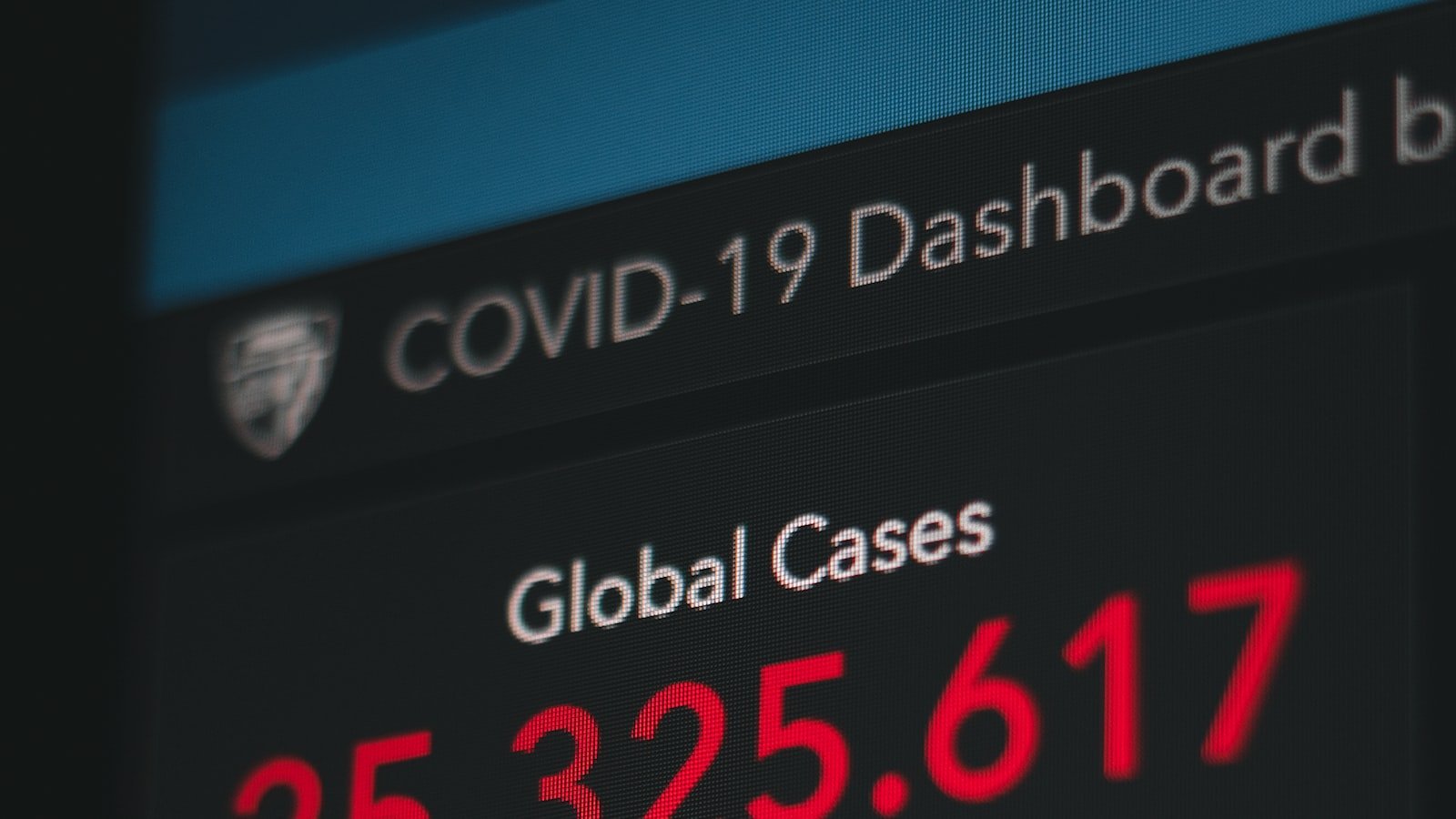Exploring the Financial Consequences of ATM Fees for Forex Trading
From banks to independent ATM operators, drivering up the consumption of foreign currency through ATM fees is something that’s becoming increasingly common. But what are the consequences of doing so? In this article, we’ll explore the potential impacts that fee increases could have, and the strategies that users can take to mitigate these costs.
What Are ATM Fees?
ATM fees are charges imposed on customers when they withdraw money with their debit or credit cards from an Automated Teller Machine (ATM) that is not owned by their financial institution. ATM fees are sometimes called surcharges or cash advance fees and can range from around $2 to more than $5 per transaction. These fees are added to the total amount withdrawn, so customers end up paying more than they originally planned.
What Are the Consequences of ATM Fees?
ATM fees can be a significant expense for those who use ATMs frequently, which can lead to increased strain on finances. Banks may also impose additional fees for overdrafts if ATM fees and purchases are not managed correctly. In some cases, banks may even require customers to set up a special account or service subscription to access certain ATMs, which can be costly.
It’s important to remember that ATM fees can add up quickly if customers are not careful. While withdrawing from ATMs outside of their financial institution’s network is often unavoidable in certain situations, customers should always consider other possibilities such as online transfers and handheld devices that offer digital cash withdrawal services.
Avoiding ATM Fees
Fortunately, there are ways to avoid ATM fees. Customers should be aware that their bank’s ATM network may be different when they are traveling, and they should consider taking out cash ahead of time to limit their transactions.
Another helpful tip is to use a financial institution that provides reimbursement for ATM fees. Certain accounts may offer this service as a perk, or customers can shop around for a bank that offers ATM fee reimbursement. Finally, customers should always review their statements to keep an eye on any fees they may have been charged.
ATM fees can add up quickly, but with the right information and proper planning, customers can avoid these costly charges. Understanding the challenges involved in ATM fees and how to avoid them is essential for maintaining financial security.











